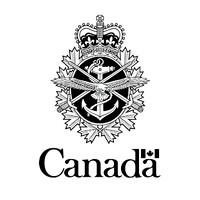
U.S. Air Force Reserve
The Air Force Reserve is an integral component of our Nation's air defense and military support network. Reservists bring knowledge, skills and expertise from their civilian experiences to support critical missions and training around the globe, while working alongside their Active Duty Air Force members. The Reserve provides the opportunity to live where you serve or serve where you live, while excelling at your civilian career, furthering your education, and serving your country! Call 800-257-1212 or download the AIM HIGH app to learn more about Air Force Reserve opportunities near you.






